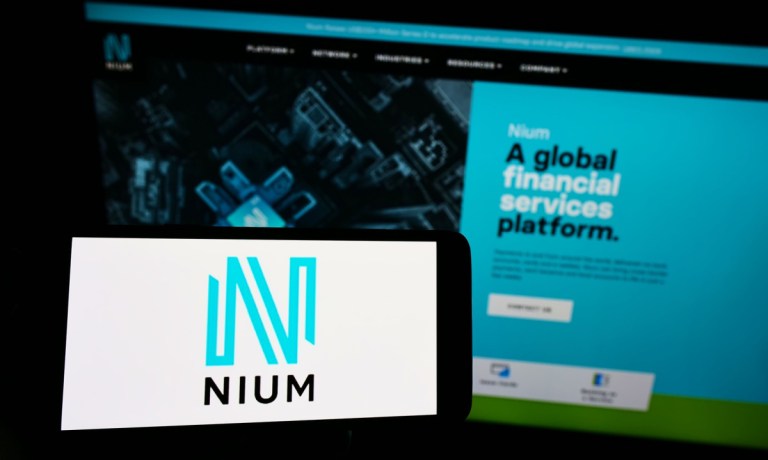
Singapore-based payments FinTech Nium hopes to become a public company in two years.
The $2 billion firm aims to go public in the U.S. by 2025’s second quarter, co-founder and CEO Prajit Nanu said in an interview with Bloomberg News posted Tuesday (July 4), adding that he expects Nium to break even within 12 months and reach profitability before its listing.
“We should be ready for an IPO by the end of next year, and then start looking at how the market is in 2025,” Nanu said. “No one can time the market, but the focus for us over the next 18 months is to be fully prepared.”
Nanu told Bloomberg that Nium hopes to acquire between two and three payments startups in the coming year, looking in markets that include Africa, the Middle East and Latin America.
In an interview with PYMNTS last year, Nium Chief Revenue Officer Frederick Crosby discussed his company’s momentum.
“We get these questions all the time: How has the recession hit you? What’s going on with the volumes?’ Nothing’s changed.”
He said Nium’s success is buoyed by the fact that the company supports a variety of different business payments and services, and strength has been particularly pronounced in the payroll and freelancer sectors.
“There’s still the pressing need when it comes to paying for these folks’ services,” he said.
The Bloomberg report also notes Nium’s origin story as a cross-border remittance platform, founded after Nanu had trouble transferring funds from India to Thailand when trying to organize a friend’s bachelor party in 2013.
PYMNTS collaborated with Nium recently on a study that examined another pain-point related to cross-border payments: paying workers who are overseas.
That study — “Meeting The Demand For Cross-Border Hiring: Challenges In International Workforce Payment And Management” — found that 14% of companies had this trouble, with middle-income companies struggling to manage and pay international hires more than smaller businesses, while lacking access to the same resources as larger organizations.
“Ironically, we found organizations that have experienced the most challenges when managing and paying overseas workers have significantly increased their cross-border workforce, which suggests they are committed to growing internationally despite the obstacles,” PYMNTS wrote.
These companies may also be more likely to seek out a solution to their challenges using payment innovations or working with a private agency.